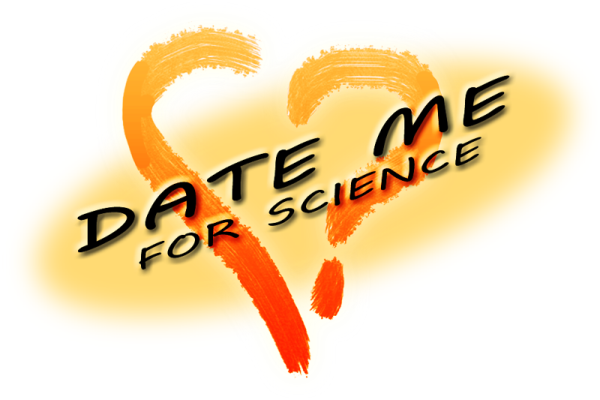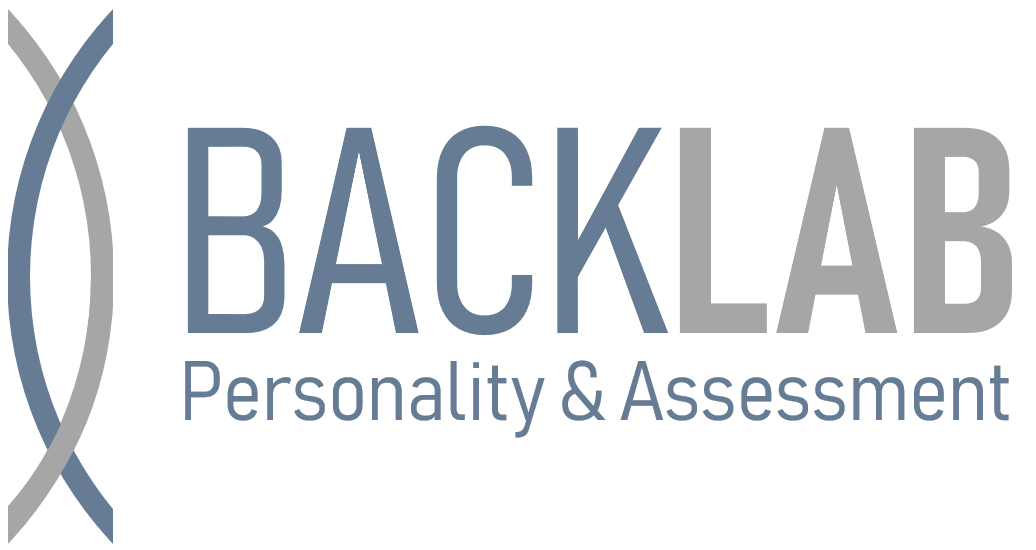“Date me for Science” speed-dating study
 What happens when people meet potential romantic partners? What are the behavioral, perceptual and decision processes that determine whether two persons will feel attracted to each other and finally fall in love? And how do people differ in these processes? The “Date me for Science” Study aimed at a close investigation of the social processes during dating and romantic partner selection, their personality predictors, and their short- and long-term consequences in a realistic setting.
What happens when people meet potential romantic partners? What are the behavioral, perceptual and decision processes that determine whether two persons will feel attracted to each other and finally fall in love? And how do people differ in these processes? The “Date me for Science” Study aimed at a close investigation of the social processes during dating and romantic partner selection, their personality predictors, and their short- and long-term consequences in a realistic setting.
A total of 400 heterosexual participants who were currently looking for a romantic partner were invited to one of 42 speed-dating events in our laboratory. Before the speed-dating event participant’s provided self-reports on a wide range of demographics (e.g., education, income, body height and weight, health, dating history), personality traits (e.g., Big Five, sociosexuality, mate value, attachment style, self-esteem, short-term vs. long-term relationship orientation), their generalized partner preferences on a diverse set of 43 characteristics, and their self-evaluation on the same characteristics. At each speed-dating event, 5 female and 5 male participants had 3-minute videotaped speed-dates with each participant of the opposite sex, resulting in 25 speed-dates per event. All speed-dates were audio- and videotaped and are systematically coded regarding a variety of general social behaviors and specific dating behaviors. In addition, physical cues were assessed based on standardized photographs. After each speed-date, participants filled in a post-date questionnaire about their respective dating partner, including several measures of romantic attraction towards the respective dating partner (e.g., “I think, this person is romantically appealing”; “To me, this person might be a partner for a one-night stand or a sexual affair”; “To me, this person might be a partner for a long-term committed romantic relationship”), as well as meta-perception on the same measures (e.g., “My speed-dating partner thinks I am romantically appealing”), ratings about the dating partner on a diverse set of characteristics (e.g., mate value, as well as all 43 characteristics from the partner preferences assessment in the pre-event questionnaire), and their wish to exchange contact information with the dating partner (“Yes” vs. “No”). Matching pairs (i.e., dating-dyads that “yessed” mutually) were followed up in 3 online questionnaires at 10 days, 20 days, and 40 days after they received the contact information from us as well as with a 1-year follow questionnaire. All follow-up questionnaires asked for the frequency and quality of interactions between matching-pair participants (including several measures of romantic attraction) after the speed-dating event.
OSF page: https://osf.io/n7dw9/

